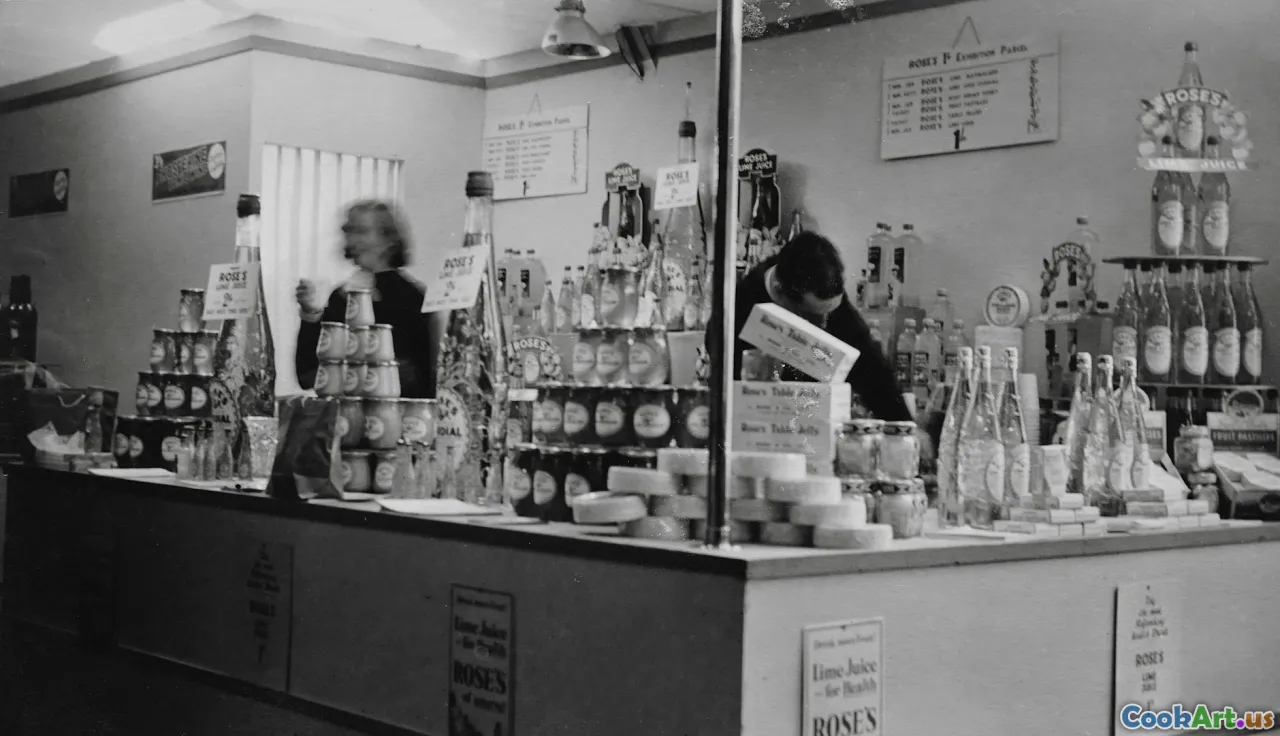Food Preservation Techniques Through Ages
6 min read Explore the fascinating history and techniques of food preservation from ancient to modern times, revealing cultural significance and innovations. April 12, 2025 14:00
Food Preservation Techniques Through Ages
Food preservation has been an essential practice throughout human history, evolving from simple methods used by ancient civilizations to sophisticated techniques employed today. This article delves into various food preservation methods across the ages, exploring their origins, cultural significance, and the science behind them.
The Early Days: Drying and Salting
In ancient times, before the advent of refrigeration and modern food storage technologies, humans relied on natural methods to preserve food. Two of the earliest techniques were drying and salting.
Drying
Drying involves removing moisture from food, which inhibits the growth of bacteria, yeasts, and molds. Ancient Egyptians sun-dried fruits and fish, while Indigenous peoples of the Americas created jerky by drying meat using smoke and sun. This method not only extended the shelf life of food but also concentrated flavors, making it a staple in many diets.
Salting
Salting, or curing, was another popular technique. Ancient Romans and Greeks perfected the art of salting fish and meats, enabling long voyages and storage during winter months. Salt draws moisture out of food, creating an inhospitable environment for spoilage organisms. This method not only preserved food but also enhanced its flavor.
Fermentation: A Culinary Revolution
Fermentation is a remarkable natural process that has been used for thousands of years to preserve food, enhance flavors, and improve nutritional value. Cultures worldwide have utilized fermentation, resulting in a diverse range of foods.
The Science of Fermentation
Fermentation occurs when microorganisms like bacteria and yeast convert sugars into acids, gases, or alcohol. This process not only preserves food but also enriches it with probiotics, which are beneficial for gut health.
Global Examples
- Kimchi: A staple in Korean cuisine, kimchi is made by fermenting vegetables like napa cabbage and daikon radish with spices and seasonings.
- Sauerkraut: This German dish involves fermenting finely shredded cabbage, resulting in a tangy and nutritious food.
- Yogurt: Originating from Central Asia, yogurt is produced by fermenting milk with specific bacterial cultures, providing a creamy texture and probiotic benefits.
Canning: The Industrial Revolution's Gift
The Industrial Revolution brought significant advancements in food preservation, most notably canning. In the early 19th century, French chef Nicolas Appert discovered that sealing food in glass jars and heating them could prevent spoilage. This innovation laid the groundwork for modern canning methods.
The Canning Process
Canning involves placing food in jars or cans and heating them to kill bacteria and enzymes that cause spoilage. This airtight seal prevents recontamination, making canned goods a staple in households worldwide. Today, canning is not only a practical preservation method but also a craft embraced by food enthusiasts.
The Rise of Refrigeration
The invention of refrigeration in the 19th century revolutionized food storage, allowing for longer shelf lives and safer food handling. This technology made it possible to store perishable items like dairy, meats, and fresh produce without immediate spoilage.
Impact on Food Culture
Refrigeration has transformed culinary practices, enabling the global trade of fresh ingredients and diverse cuisines. It has also paved the way for convenience foods, altering how we approach meal preparation and consumption.
Modern Techniques and Innovations
Today, food preservation continues to evolve, incorporating new technologies and methods. Techniques such as freeze-drying, vacuum sealing, and high-pressure processing enhance food shelf life while maintaining quality and flavor.
Sustainability in Preservation
As the awareness of food waste grows, sustainable preservation methods are gaining popularity. Techniques such as fermentation and pickling not only prolong shelf life but also reduce waste by utilizing surplus produce.
Conclusion
Food preservation techniques have come a long way, reflecting the ingenuity of humanity in ensuring food security and safety. From ancient methods to modern innovations, the journey of food preservation is a testament to our relationship with food and its vital role in our cultures and histories. Understanding these techniques not only enriches our culinary knowledge but also deepens our appreciation for the foods we enjoy today.









